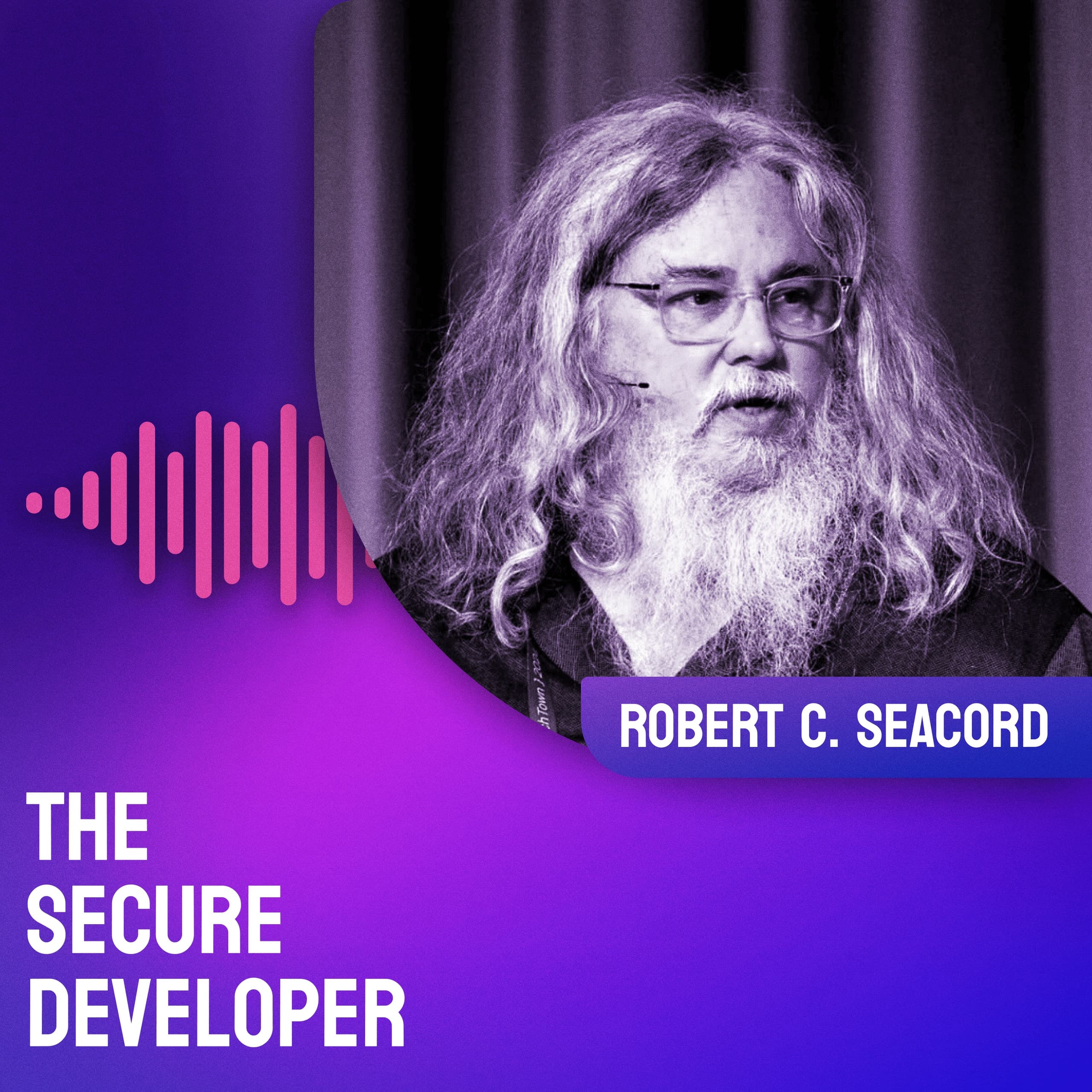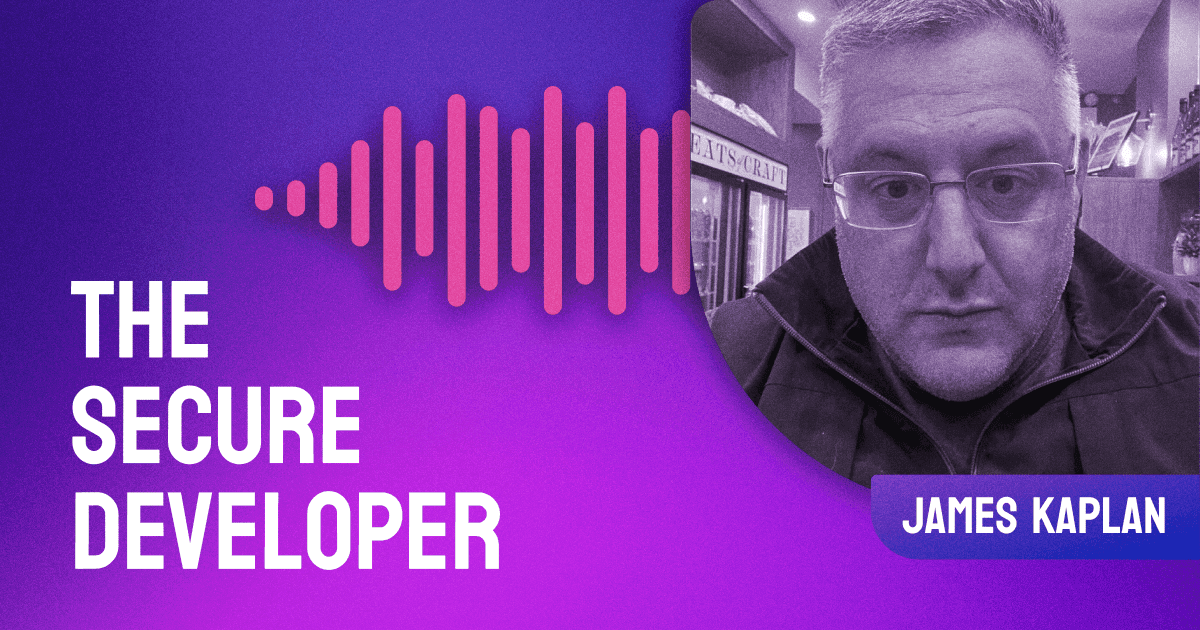In episode 35 of The Secure Developer, Guy is joined by Robert C. Seacord of NCC Group, who champions the continued practice of coding security in C and C++, and offers practical advantages to using various programming languages in the Agile era.
The post Ep. #35, Secure Coding in C/C++ with Robert C. Seacord of NCC Group appeared first on Heavybit.





